KAKERA Series
2016 - Photography (Photography)
54.2H x 80W cm
Tatsuki Masaru
For the works KAKERA, Bullet Train and KAKERA, Loving God Tatsuki Masaru traveled throughout Japan to visit museums holding kakera (which translates to “fragments”) of Jomon Period potteries –Japan’s pre-history 2,300-15,000 years ago. Small and fragile, the kakera were donated by farmers who had found them in their fields, or by archeologists, and then wrapped in newspapers and stored away. Today they sit quietly on the shelves of museums, unknown to people. Tatsuki pulled the kakera out to photograph them with the wrapping newspaper backdrop, giving light to the neglected objects. Spanning from 1940s to 1980s, the wrapping newspapers record the time when the kakera were found and archived. In Bullet Train , the newspaper highlights the surprise of inspectors from 40 some countries to the encounter of the Tokaido Shinkansen, the oldest bullet train in Japan and today the most travelled high-speed rail route worldwide by far. Tatsuki’s photographs unfold a part of history of modern Japan while engaging broader discussion around the conservation and restitution of artifacts and cultural heritage.
Tatsuki Masaru became an independent photographer in the late 1990s after studying under Kyoji Takahashi, photographer mainly familiar to Japanese audiences for his commercial and fashion photography but also an independent image-maker producing photos, films and installations. Exploring folkloric myths and the reality of people’s life in Japan, each of Tatsuki’s photography series is the result of a long-term research and engagement with his subject matter. As such since 2006, Tatsuki Masaru has been visiting the Tohoku Region regularly, well before the 2011 earthquake devastated the region.
Colors:
Related works sharing similar palette

© » ARTS EQUATOR
Weekly Southeast Asia Radar: Rashomon in KL; Burmese cartooning pioneers | ArtsEquator Thinking and Talking about Arts and Culture in Southeast Asia ArtsEquator Radar TRBANPHOTO March 5, 2020 ArtsEquator’s Southeast Asia Radar features articles and posts about arts and culture in Southeast Asia, drawn from local and regional websites and publications – aggregated content from outside sources, so we are exposed to a multitude of voices in the region...
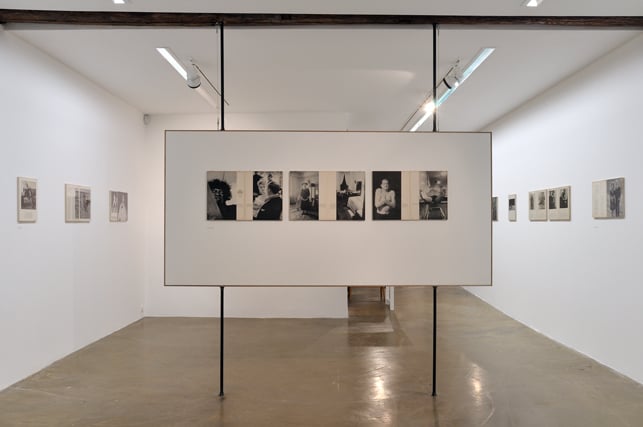
© » KADIST
Pierre Leguillon
2008End of 2008, Pierre Leguillon presented at KADIST, Paris the first retrospective of the works of Diane Arbus (1923-1971) organized in France since 1980, bringing together all the images commissioned to the New York photographer by the Anglo-American press in the 1960s...

© » ART & OBJECT
10 Stunning Prehistoric Sculptures from The Met's Collection | Art & Object Skip to main content Subscribe to our free e-letter! Webform Your Email Address Role Art Collector/Enthusiast Artist Art World Professional Academic Country USA Afghanistan Albania Algeria American Samoa Andorra Angola Anguilla Antarctica Antigua & Barbuda Argentina Armenia Aruba Ascension Island Australia Austria Azerbaijan Bahamas Bahrain Bangladesh Barbados Belarus Belgium Belize Benin Bermuda Bhutan Bolivia Bosnia & Herzegovina Botswana Bouvet Island Brazil British Indian Ocean Territory British Virgin Islands Brunei Bulgaria Burkina Faso Burundi Cambodia Cameroon Canada Canary Islands Cape Verde Caribbean Netherlands Cayman Islands Central African Republic Ceuta & Melilla Chad Chile China Christmas Island Clipperton Island Cocos (Keeling) Islands Colombia Comoros Congo - Brazzaville Congo - Kinshasa Cook Islands Costa Rica Croatia Cuba Curaçao Cyprus Czechia Côte d’Ivoire Denmark Diego Garcia Djibouti Dominica Dominican Republic Ecuador Egypt El Salvador Equatorial Guinea Eritrea Estonia Eswatini Ethiopia Falkland Islands Faroe Islands Fiji Finland France French Guiana French Polynesia French Southern Territories Gabon Gambia Georgia Germany Ghana Gibraltar Greece Greenland Grenada Guadeloupe Guam Guatemala Guernsey Guinea Guinea-Bissau Guyana Haiti Heard & McDonald Islands Honduras Hong Kong SAR China Hungary Iceland India Indonesia Iran Iraq Ireland Isle of Man Israel Italy Jamaica Japan Jersey Jordan Kazakhstan Kenya Kiribati Kosovo Kuwait Kyrgyzstan Laos Latvia Lebanon Lesotho Liberia Libya Liechtenstein Lithuania Luxembourg Macao SAR China Madagascar Malawi Malaysia Maldives Mali Malta Marshall Islands Martinique Mauritania Mauritius Mayotte Mexico Micronesia Moldova Monaco Mongolia Montenegro Montserrat Morocco Mozambique Myanmar (Burma) Namibia Nauru Nepal Netherlands Netherlands Antilles New Caledonia New Zealand Nicaragua Niger Nigeria Niue Norfolk Island Northern Mariana Islands North Korea North Macedonia Norway Oman Outlying Oceania Pakistan Palau Palestinian Territories Panama Papua New Guinea Paraguay Peru Philippines Pitcairn Islands Poland Portugal Puerto Rico Qatar Romania Russia Rwanda Réunion Samoa San Marino Saudi Arabia Senegal Serbia Seychelles Sierra Leone Singapore Sint Maarten Slovakia Slovenia Solomon Islands Somalia South Africa South Georgia & South Sandwich Islands South Korea South Sudan Spain Sri Lanka St...

© » KADIST
Fabrice Hyber
2003Drawing, which is the essential embodiment of Fabrice Hyber’s artistic thinking, is at the origin of all his works...
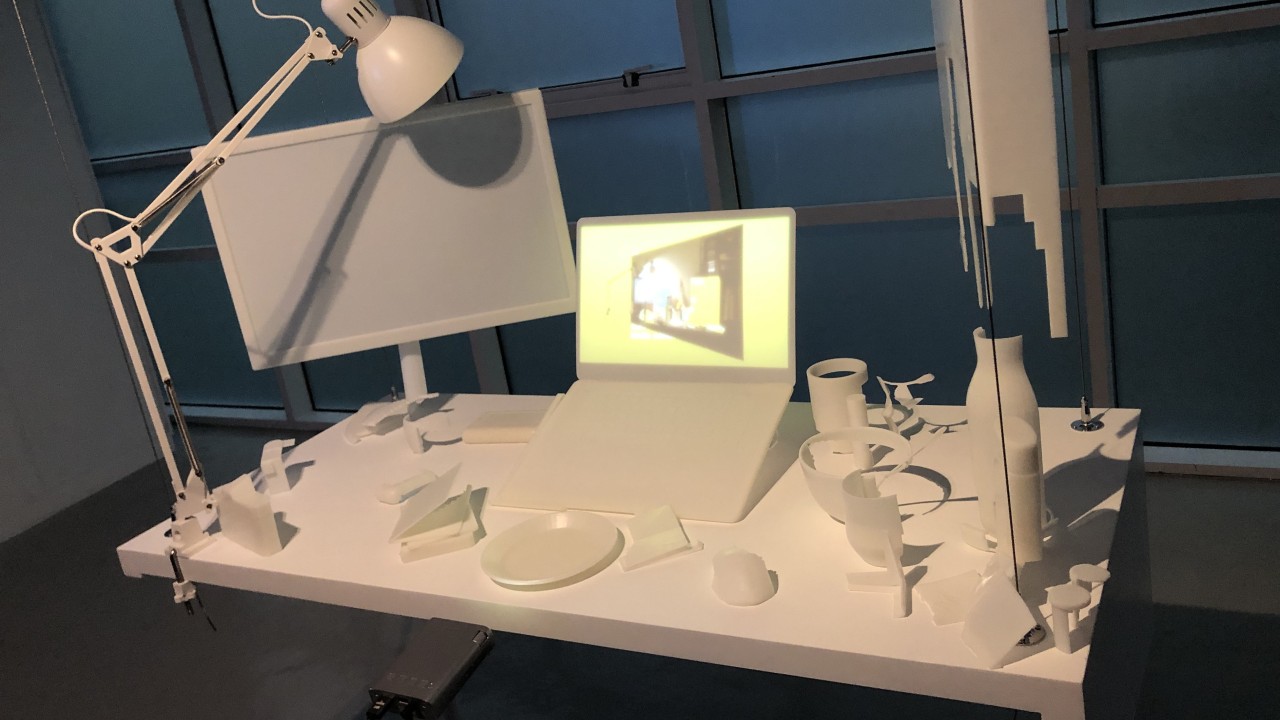
© » SOUTH CHINA MORNING POST
Illusions of home, and the hyper-capitalism behind technology, explored in show by Hong Kong artist who finally feels at home … in Finland | South China Morning Post Advertisement Advertisement Art + FOLLOW Get more with my NEWS A personalised news feed of stories that matter to you Learn more A still from Everything is a Projection (2023), a video in which Hong Kong-born, Finland-based artist Sheung Yiu explains what it felt like to rediscover childhood comic books and how he tried and failed to preserve their essence...

© » ARTSJOURNAL
Quietly, After a $4 Million Fee, MoMA Returns a Chagall With a Nazi Taint - The New York Times Arts | Quietly, After a $4 Million Fee, MoMA Returns a Chagall With a Nazi Taint https://www.nytimes.com/2024/02/12/arts/chagall-moma-return-over-vitebsk.html Share full article 25 Advertisement SKIP ADVERTISEMENT For years, “Over Vitebsk” occupied a central place in the collection of the Museum of Modern Art, which spoke of Marc Chagall’s painting of his hometown in the Russian empire as an important part of its holdings...
:quality(70)/cloudfront-us-east-1.images.arcpublishing.com/uscannenberg/M45ZZ5XUD5ELFM2NFVJ4VVASYU.jpg)
© » ARTSJOURNAL
Stolen Syrian art funds international terrorism – Why aren’t we talking about it? – Annenberg Media Skip to main content Arts, Culture & Entertainment Stolen Syrian art funds international terrorism – Why aren’t we talking about it? Stories about the trafficking of blood antiquities across an international black market don’t often appear in the average person’s news diet; Stories about the terrorist organizations that these antiquity sales fund do, though...

© » KADIST
Ghosts on the roof : Conversations about art, fossils, and spectra , with Víctor Costales and art historian, Ana María Risco The conversation between Víctor Costales of the artistic duo Rometti Costales and art historian, Ana María Risco will reflect on the artists’ intervention on the site of the Museo de la Solidaridad Salvador Allende (MSSA), for the exhibition Song for a chanting fossil (Canción para un fósil canoro) ...
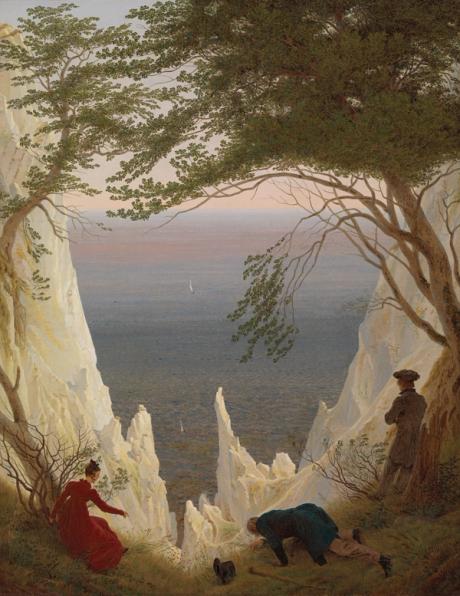
© » THEARTNEWSPER
The Big Review: Caspar David Friedrich at the Hamburger Kunsthalle ★★★★★ Art market Museums & heritage Exhibitions Books Podcasts Columns Technology Adventures with Van Gogh Search Search Exhibitions review The Big Review: Caspar David Friedrich at the Hamburger Kunsthalle ★★★★★ This curatorial triumph highlights the measured artificiality of the German Romantic artist who made work that still mesmerises J...


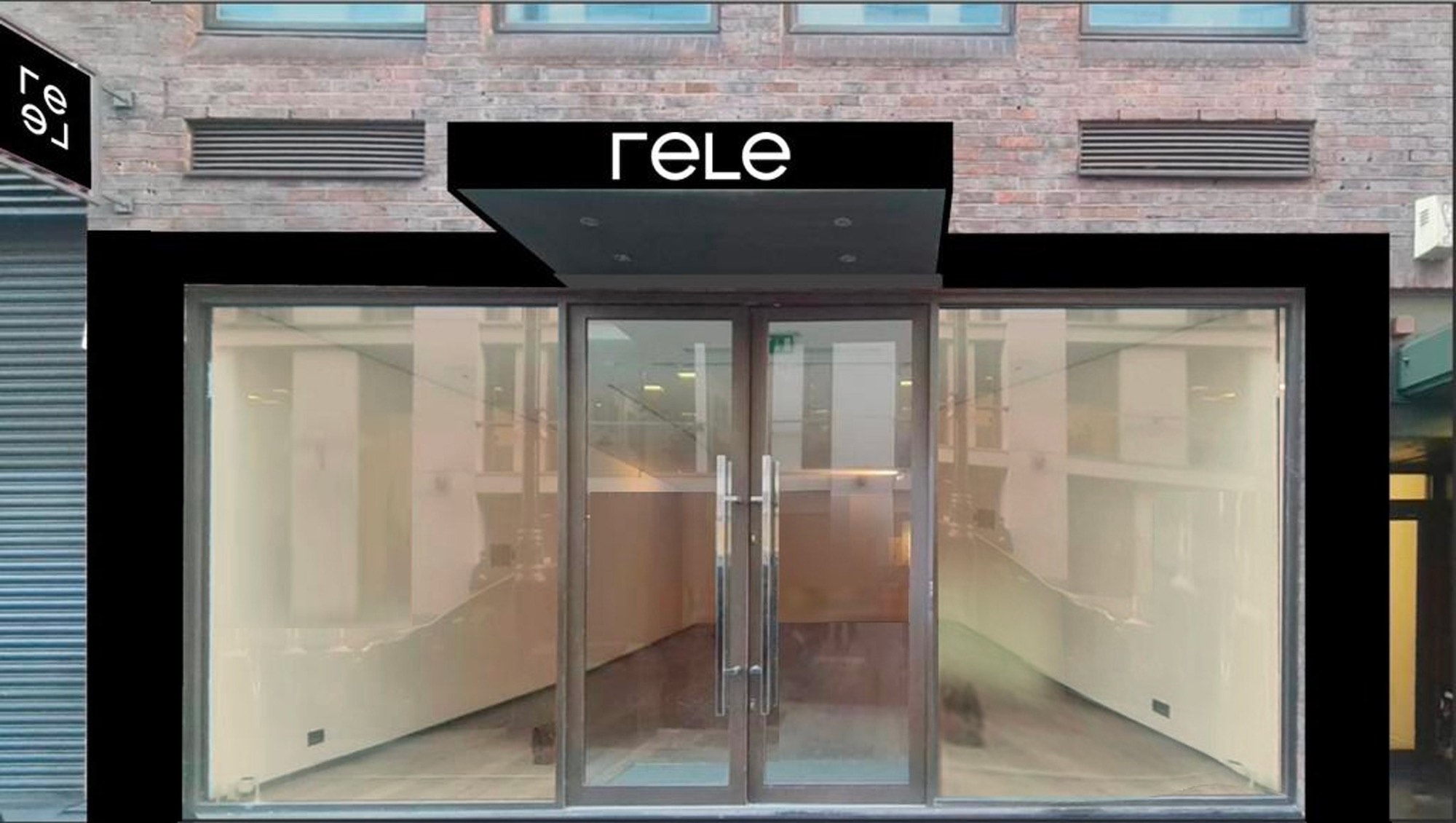




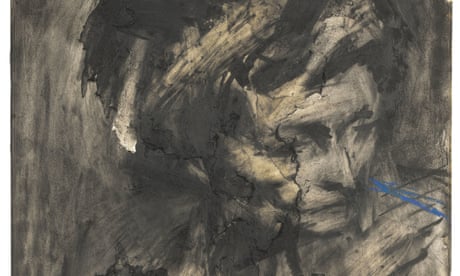

/cloudfront-us-east-1.images.arcpublishing.com/gray/VIJFQBYSF5ES7PBTDY3Q3DX25U.png)

